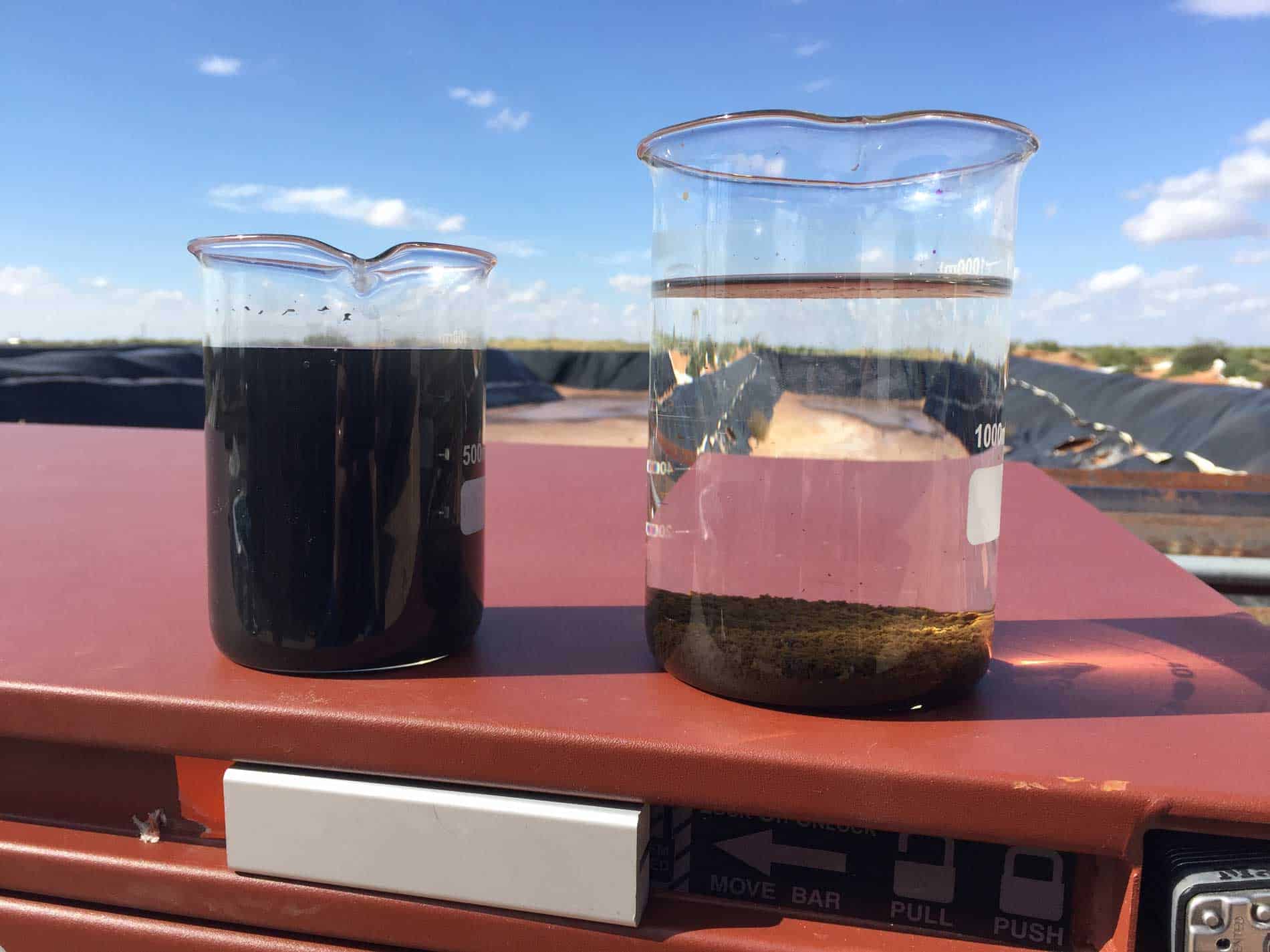ASTM D511 Calcium and Magnesium in Produced Water Test
The ASTM D511 test method is a critical standard used for the determination of calcium and magnesium ions in produced water. This testing procedure is essential for ensuring compliance with environmental regulations, optimizing water treatment processes, and enhancing overall operational efficiency within the oil and gas sector.
Produced water is a byproduct of oil and gas extraction that contains various dissolved minerals and chemicals. The presence of calcium (Ca²⁺) and magnesium (Mg²⁺) ions in produced water can significantly impact both the quality of the water and its handling processes. Accurate determination of these ions helps operators make informed decisions regarding water treatment, disposal methods, and reuse potential.
The ASTM D511 test method involves a series of steps designed to extract calcium and magnesium from the sample matrix, followed by their quantification using atomic absorption spectroscopy or other suitable techniques. This method is robust enough to handle complex produced water samples, ensuring reliable results even in challenging environments.
Real-world applications of ASTM D511 testing include:
- Evaluation of water quality before and after treatment processes
- Detection of potential scaling or corrosion risks in pipelines and equipment
- Monitoring compliance with local, state, and federal environmental regulations regarding produced water discharge
- Supporting research into the reuse and recycling of produced water for various applications within the oil and gas industry
Preparation of samples for ASTM D511 testing typically involves filtration to remove particulates that could interfere with the measurement process. The filtered sample is then analyzed using a combination of chemical digestion and spectrophotometric techniques, adhering strictly to the protocol outlined in ASTM D511.
The results from this test are crucial for quality managers, compliance officers, R&D engineers, and procurement teams as they provide essential data on water quality. This information can be used to:
- Adjust operational procedures
- Prioritize capital investments in new technologies or equipment
- Evaluate the effectiveness of existing treatment processes
- Inform strategic decisions about resource management and environmental impact mitigation
The ASTM D511 test is widely recognized for its accuracy and reliability, making it a preferred choice among professionals in the oil and gas industry. Its application extends beyond just compliance; it also plays a vital role in enhancing operational efficiency and sustainability.
Benefits
The ASTM D511 Calcium and Magnesium in Produced Water Test offers numerous advantages to the oil and gas industry. By accurately measuring calcium and magnesium ions, operators can:
- Ensure Compliance: Meet stringent environmental regulations regarding produced water discharge.
- Optimize Processes: Identify potential issues with scaling or corrosion in pipelines and equipment.
- Enhance Efficiency: Improve the effectiveness of water treatment processes, leading to reduced operational costs.
- Promote Sustainability: Support efforts towards the sustainable use and reuse of produced water resources.
The test results can also be used to develop targeted strategies for improving water quality, reducing waste, and minimizing environmental impact. This aligns with broader industry goals aimed at enhancing sustainability and operational excellence.
In summary, ASTM D511 testing is a valuable tool that contributes significantly to the success of oil and gas operations by providing essential data on produced water composition.
Why Choose This Test
Selecting the ASTM D511 Calcium and Magnesium in Produced Water Test for your quality management, compliance oversight, R&D initiatives, or procurement processes offers several compelling reasons. Here’s why this test stands out:
- Rigorous Standardization: Adherence to internationally recognized standards ensures consistent, reliable results.
- Comprehensive Data: Provides a comprehensive overview of water quality parameters relevant to produced water management.
- Industry Expertise: Leveraging the expertise and protocols developed by leading industry bodies guarantees accuracy and relevance.
- Economical Solutions: By preventing costly errors and inefficiencies, this test supports cost-effective decision-making.
The ASTM D511 test method is not just about meeting regulatory requirements; it’s a strategic investment that contributes to the long-term success of your operations. It enables you to stay ahead of industry trends, improve operational efficiency, and enhance sustainability efforts.
Environmental and Sustainability Contributions
The ASTM D511 Calcium and Magnesium in Produced Water Test plays a crucial role in supporting environmental stewardship within the oil and gas sector. By accurately measuring calcium and magnesium ions, this test helps operators:
- Promote Water Recycling: Ensure that reused produced water meets stringent quality standards.
- Reduce Discharge Impact: Minimize the environmental footprint by optimizing discharge practices.
- Support Emissions Reduction: By identifying potential sources of scaling or corrosion, this test aids in reducing emissions from equipment failure.
The data generated from ASTM D511 testing contributes to more sustainable practices across the industry. For instance, by optimizing water treatment processes and promoting efficient resource management, operators can significantly reduce their environmental footprint. This aligns with global initiatives aimed at mitigating climate change and promoting responsible resource use.





